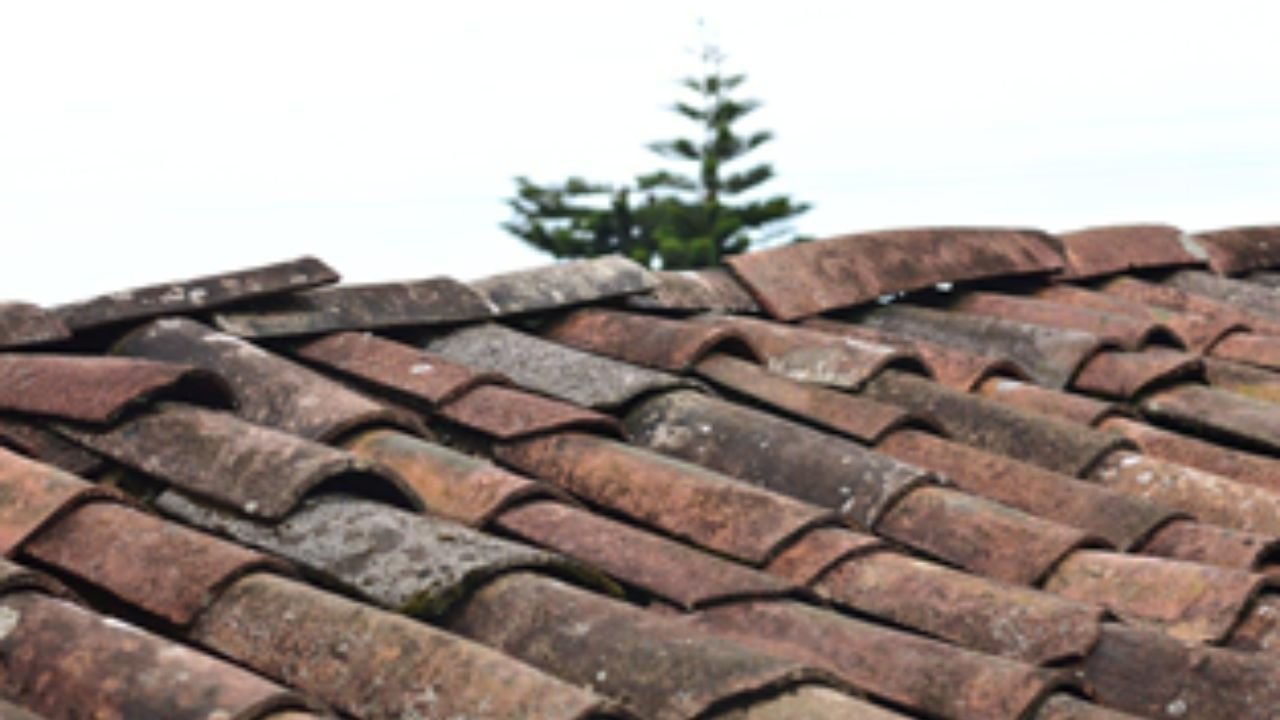Ever swear you’d stay ahead of the weather—then scramble to pull in patio furniture mid-downpour? You’re not alone. Life gets busy, and home upkeep slips. But seasonal prep isn’t just a chore. It’s how you keep your home steady when everything else feels uncertain.
With unpredictable weather, rising energy costs, and material delays, waiting too long on maintenance can turn small issues into costly problems.
That’s especially true in places like Tacoma, where seasonal changes bring both beauty and headaches. Rain, wind, and long gray stretches can wear down even the most well-built homes. Ignoring basic upkeep might not seem like a big deal—until water seeps in, or heat escapes faster than you can crank the thermostat.
In this blog, we will share why seasonal prep is worth your time, how it helps protect your home and budget, and what simple steps you can take now to avoid major issues later.
Start Where the Problems Usually Begin
The best place to start seasonal prep isn’t inside—it’s outside. More specifically, it’s on top of your house. Your roof takes the first hit from weather every season. From heavy rains to falling debris, it shields your space from damage and helps regulate your home’s internal climate.
Still, most homeowners overlook it. Until something drips, warps, or cracks, the roof is out of sight and out of mind. But by the time you spot a stain on the ceiling or feel a draft in the attic, the problem’s already grown.
This is why finding a reliable roofing contractor in Tacoma should be part of your seasonal checklist. Professional inspections can reveal loose shingles, flashing issues, or drainage problems before they become emergencies. A solid roof keeps your home warm, dry, and efficient—not to mention protected from long-term structural issues that come from moisture damage.
Think of it this way: your roof isn’t just a hat for your house. It’s part of your home’s defense system. And like any system, it needs regular checkups to work the way it should.
Why Waiting Costs More Than Acting Early
One of the biggest myths about home maintenance is that it’s only worth doing when something’s clearly broken. But damage doesn’t always show itself right away. That’s the tricky part. A loose pipe, cracked window seal, or clogged gutter might seem harmless today—but over time, it can lead to mold, leaks, or sky-high heating bills.
Seasonal prep is your way of staying ahead of those problems. And unlike a major repair, it’s not meant to be overwhelming. In fact, the goal is to catch issues when they’re small, manageable, and cheap to fix. You wouldn’t wait for your car to stall before checking the oil. The same thinking should apply to your home.
This matters even more now, when replacement costs are rising. A part that once took days to replace might now take weeks, depending on supply chain delays. A missed repair window in the fall could turn into a bigger issue by winter. Acting early helps you stay in control of your time and your budget.
Build Habits, Not Headaches
One of the best things about seasonal prep? It becomes routine. You don’t have to fix everything all at once. Instead, you create a rhythm throughout the year that makes upkeep feel manageable. Fall might be for cleaning gutters and checking your furnace. Spring could be about sealing windows and trimming trees.
When you spread tasks out across the year, you avoid burnout. You also get to prioritize based on your actual needs. Some years might require more attention to your HVAC. Other years might call for a plumbing or drainage check. Either way, you’re moving through it with intention—not just reacting when something breaks.
You also build peace of mind. There’s something satisfying about knowing your home is ready, even when the weather isn’t. That comfort level goes a long way—especially when your schedule’s already full with work, family, and life’s everyday chaos.
Don’t Just Look—Listen
Seasonal prep isn’t just about visuals. It’s also about listening. Is your furnace making strange noises? Is the wind whistling through a window that used to be sealed tight? Are your lights flickering after a storm? These small signals can tell you something’s off long before it becomes obvious.
Trust those instincts. If something feels different, take a closer look. Use seasonal prep as your excuse to pay attention. And if you’re not sure what you’re hearing or seeing, that’s when you call in help.
You don’t have to be an expert to be proactive. You just have to be willing to notice when something’s changed.
Comfort Is the Real Payoff
At its core, seasonal prep isn’t about being a perfect homeowner. It’s about making your space livable, stable, and ready for what comes next. When your home is sealed, warm, and dry, you feel more at ease. You worry less. You sleep better. You don’t flinch every time it rains or when the temperature drops.
This is more important than ever. With so many people still spending more time at home—working, parenting, relaxing—comfort isn’t a luxury. It’s a necessity. And it starts with the basics: a strong structure, reliable systems, and a few smart habits.
Good prep doesn’t just protect your investment. It protects your peace of mind. And that’s something worth putting on the calendar.
All in all, seasonal prep might not be flashy, but it’s one of the smartest things you can do for your home. It keeps small problems from becoming big ones. It saves you money over time. And it makes your space feel dependable when the outside world feels unpredictable.
Start with the structure. Check the roof. Look at your insulation. Walk around your home with fresh eyes each season. Build a routine that fits your life and your budget. And remember—being proactive now means less stress later.
Your home does a lot for you. The least you can do is help it stay ready for whatever season comes next.
You May Also Read: How Often Should You Replace or Repair a Fence?











